International
Trump’s Migration Measures: Comprehensive Deportations and Colossal Holding Facilities
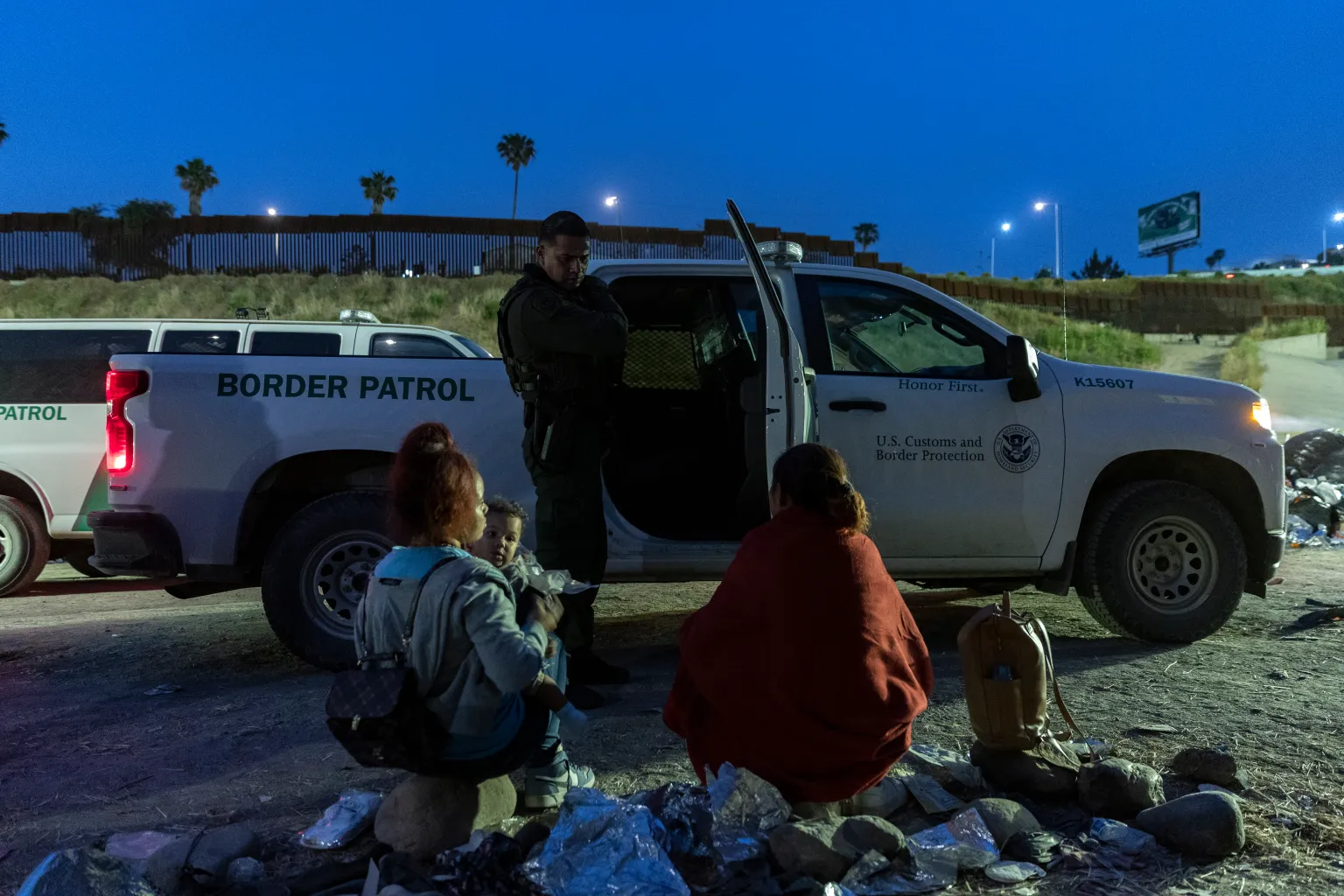
Former U.S. President Donald Trump (2017-2021), a favorite to be the Republican candidate in the November elections, has made it clear that if he returns to the White House, his immigration policy will go beyond the famous border wall that propelled him to the presidency in 2016.
In his campaign rallies, he has adopted strong anti-immigrant rhetoric, going as far as to claim that foreigners “poison” the blood of the U.S. and proposing plans ranging from mass deportations to the construction of giant centers to detain undocumented migrants.
Mass Deportations, Trump’s Promise
Trump has repeatedly promised at his campaign events that, if he returns to the presidency, he will carry out the “largest deportation operation” in U.S. history.
To do so, the federal government would seek help from reservists of the National Guard, detailed Stephen Miller, the chief ideologue of Trump’s xenophobic proposals, just three days ago during the Conservative Political Action Conference (CPAC), the major gathering of the American right.
According to Miller, Trump would deploy the military to the border to deny entry to those who need to apply for asylum and would automatically deport those who attempt to cross into Mexico.
Trump has cited as an example of this type of deportation the so-called ‘Operation Wetback’, executed in 1954 by then-President Dwight D. Eisenhower (1953-1961), which resulted in the deportation of over a million people, mostly Mexicans.
According to historian Mae Ngai in her book ‘Impossible Subjects’, the deportations were brutal, with some Mexicans repatriated in what could easily have been an “18th-century slave ship,” while others died of sunstroke after being abandoned by U.S. authorities in the desert.
Giant Centers to Detain Migrants
To execute this apocalyptic operation, Trump’s campaign has hinted at its plans to build large centers to detain migrants and then expel them from the United States.
The idea would be to establish “large-scale” facilities where migrants would wait to be deported with scheduled expulsion flights continuously, explained Stephen Miller at the CPAC conference, who previously advised Trump during his presidency and could return to the White House.
However, the legality of these centers could be challenged in court, as happened with some of Trump’s more radical plans when he was in the White House.
Anticipating these legal challenges, Trump has promised to invoke a section of the immigration and sedition laws passed by Congress in 1789, which give the president greater power to deport and detain individuals who are not U.S. citizens in times of war.
This law was used during World War II by President Franklin D. Roosevelt (1933-1945) to establish internment camps where thousands of Japanese migrants and their U.S.-born descendants were detained.
Trump’s campaign has not specified how many migrants would be subject to these policies. However, it is estimated that there are currently 11 million undocumented immigrants living in the United States.
Family Separation
Trump has also not ruled out the possibility of separating migrant families again, a policy he implemented during his time in the White House.
During an appearance on CNN last year, Trump admitted that the idea of separating families “sounds tough,” but then added: “When you tell families that if they come we’re going to separate them, they don’t come. And we can’t afford to have more.”
The Department of Homeland Security (DHS), responsible for migration, has acknowledged that 4,227 children were separated from their families during the Trump administration.
Following the inauguration of President Joe Biden in January 2021, a task force was created to address this issue, and according to a DHS report from November 2023, 3,147 children have already been reunited with their parents.
Biden’s reelection campaign has sounded the alarm about Trump’s policies and has described his immigration plans as “racist, anti-American, and ineffective.”
“It’s just cheap politics,” said Maca Casado, the director of Hispanic media for the campaign.
International
El Chapo’s son Joaquín Guzmán López pleads guilty to U.S. drug trafficking charges

Joaquín Guzmán López, one of the sons of notorious Mexican drug lord Joaquín “El Chapo” Guzmán, pleaded guilty on Monday to drug trafficking charges in a U.S. court, months after his brother Ovidio reached a similar plea agreement, according to local media reports.
The defendant appeared before a federal court in Chicago early Monday afternoon and changed his previous plea in the case, the Chicago Tribune reported. U.S. authorities accuse him of forming, together with his three brothers, the cartel faction known as “Los Chapitos.”
The group is believed to have continued the operations of El Chapo, who has been serving a life sentence in the United States since 2019.
Guzmán López, 39, was arrested after landing in Texas in a small aircraft alongside cartel co-founder Ismael “El Mayo” Zambada.
International
Venezuela authorizes return flights as U.S. continues deportations amid rising tensions

The arrival of U.S. aircraft carrying undocumented Venezuelan migrants continued regularly despite rising tensions between Washington and Caracas over President Donald Trump’s military deployment in the Caribbean.
Trump maintains that the deployment is part of an anti-narcotics operation, while Venezuelan President Nicolás Maduro insists the true objective is to remove him from power and seize the nation’s oil resources.
Venezuela’s aviation authority has “received a request from the United States government to resume repatriation flights for Venezuelan migrants from that country to Venezuela,” the Ministry of Transportation said in a statement .
“Under the instructions of President Nicolás Maduro, authorization has been granted for these aircraft to enter our airspace,” it added.
Caracas will permit two Eastern Airlines flights to land on Wednesday and Friday.
Migration remains one of the Trump administration’s flagship issues. On Monday, the U.S. president held a meeting with his National Security Council to discuss the situation in Venezuela, a day after confirming he had spoken with Maduro by phone, without offering further details.
According to the Venezuelan government, roughly 75 deportation flights have been carried out this year, returning at least 13,956 Venezuelans from the United States.
International
20,000 rounds stolen from german army after driver leaves cargo unattended
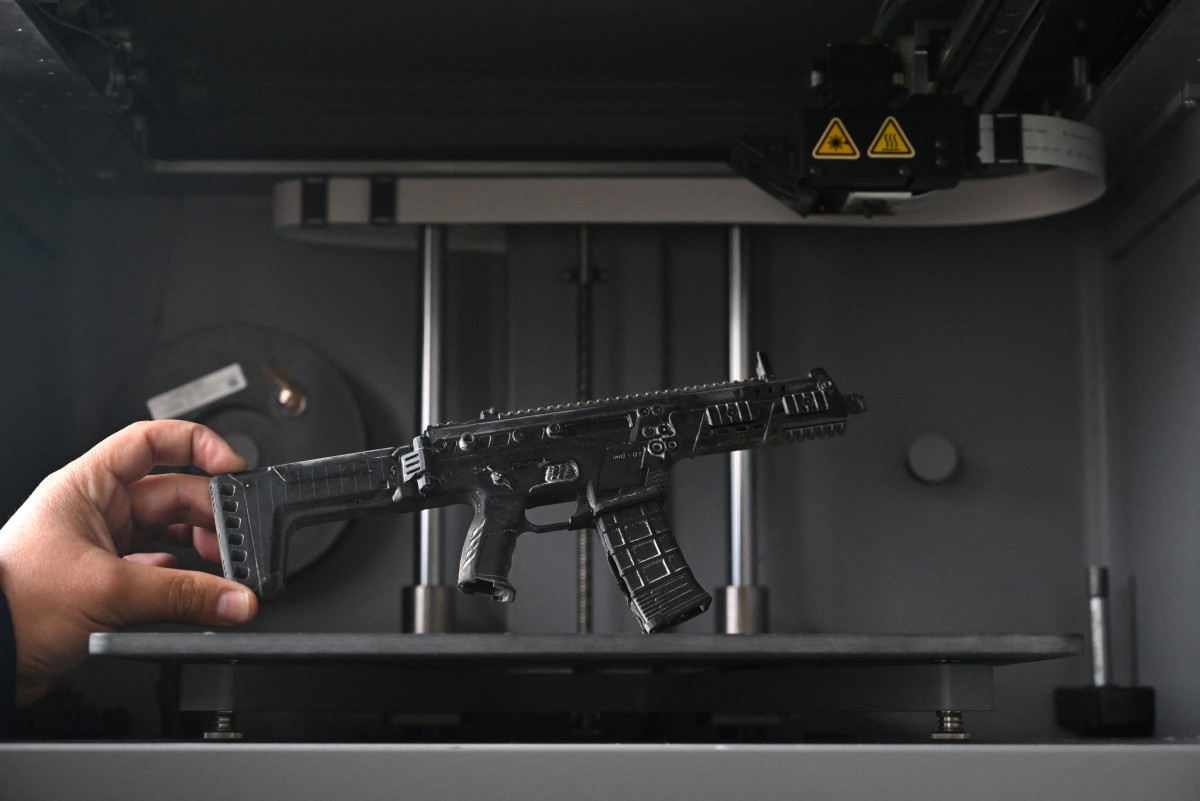
The German army confirmed the theft of a shipment of ammunition that occurred a week ago while it was being transported by a civilian delivery driver, a military spokesperson told AFP, confirming earlier media reports.
According to Der Spiegel and the regional broadcaster MDR, around 20,000 rounds of ammunition were stolen from an unguarded parking lot near Magdeburg, in eastern Germany, while the driver was asleep in a nearby hotel. No information has been released regarding the identity of the suspects, and the military declined to specify the exact type or amount of ammunition taken.
Authorities have also not indicated how the perpetrators knew the cargo would be left unattended.
“The theft was discovered upon delivery at the barracks,” the German army spokesperson said.
A police spokeswoman confirmed to AFP that an investigation has been opened but refused to provide further details “for tactical reasons.”
Sources close to the German military, cited by Der Spiegel, believe it is unlikely the theft was a coincidence. They suspect the thieves waited for the driver to stop for the night before striking.
Der Spiegel also reported that the Defense Ministry normally requires two drivers for this type of transport to ensure the cargo is constantly monitored. However, in this case only one driver was assigned, meaning the civilian transport company failed to comply with the security protocols.
-
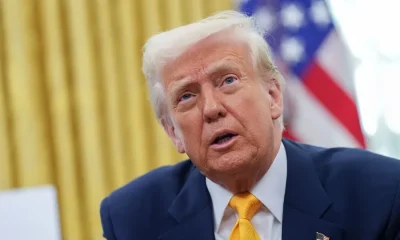
 Central America4 days ago
Central America4 days agoTrump Pardons Former Honduran President Hernández and Warns of Aid Cuts Ahead of Election
-
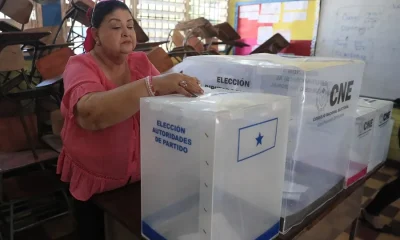
 Central America3 days ago
Central America3 days agoHonduras Extends Voting by One Hour Amid High Turnout, CNE Announces
-
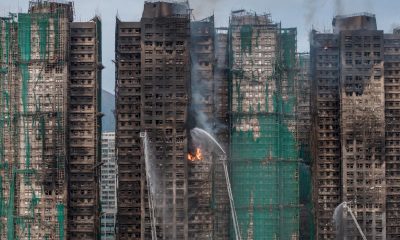
 International2 days ago
International2 days agoHong Kong police arrest 13 over deadly high-rise fire that killed 151
-
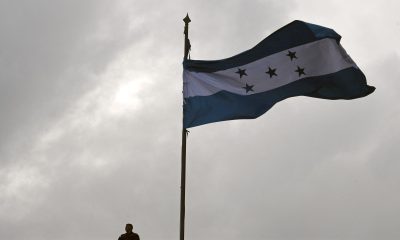
 Central America3 days ago
Central America3 days agoHonduras’ China–Taiwan Future Hinges on Sunday’s Presidential Election
-

 International4 days ago
International4 days agoMeta Says Russia Seeks to Ban WhatsApp for Defending Secure Communication
-
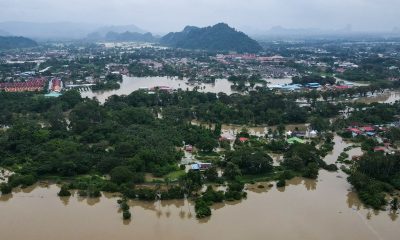
 International2 days ago
International2 days agoSri Lanka and Indonesia deploy military as deadly asian floods kill over 1,000
-

 International2 days ago
International2 days agoTrump says asylum decision freeze will remain in place “for a long time”
-
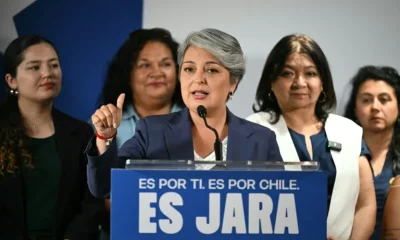
 International2 days ago
International2 days agoChile enters runoff campaign with Kast leading and Jara seeking a last-minute comeback
-

 International22 hours ago
International22 hours ago20,000 rounds stolen from german army after driver leaves cargo unattended
-

 International22 hours ago
International22 hours agoVenezuela authorizes return flights as U.S. continues deportations amid rising tensions
-

 International22 hours ago
International22 hours agoEl Chapo’s son Joaquín Guzmán López pleads guilty to U.S. drug trafficking charges
-
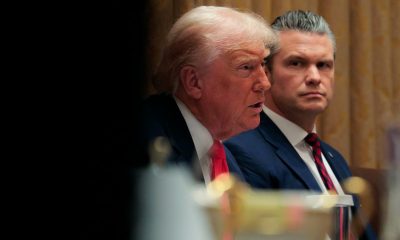
 International22 hours ago
International22 hours agoTrump convenes National Security Council as U.S.–Venezuela tensions intensify






























